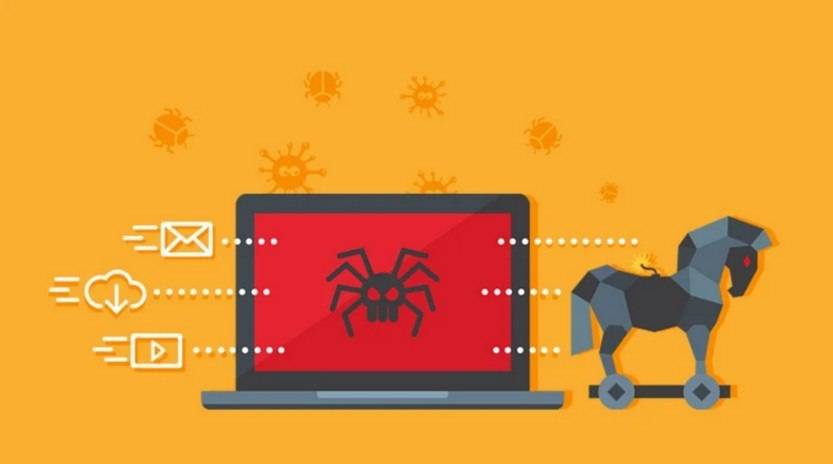Scams have become increasingly prevalent in today’s digital age, with fraudsters constantly devising new methods to deceive unsuspecting individuals. One such scam that has gained traction in recent years is the Visa & MasterCard Telephone Credit Card Scam. This article aims to provide you with a comprehensive understanding of this scam, including what it is, how it works, what to do if you have fallen victim, technical details, and relevant statistics.

What is the Visa & MasterCard Telephone Credit Card Scam?
The Visa & MasterCard Telephone Credit Card Scam is a type of fraud where scammers impersonate representatives from Visa or MasterCard and contact individuals over the phone. The scammers typically claim that there has been suspicious activity on the victim’s credit card and request sensitive information, such as the card number, expiration date, and security code.
These scammers often use various tactics to gain the trust of their victims. They may provide fake names, employee identification numbers, or even spoof the caller ID to make it appear as if the call is coming from a legitimate source. By exploiting the victim’s fear of potential fraudulent activity, scammers aim to obtain their credit card details for malicious purposes.
How Does the Scam Work?
The Visa & MasterCard Telephone Credit Card Scam typically follows a well-defined process that scammers have perfected over time. Understanding this process can help individuals recognize and avoid falling victim to this scam:
- The initial contact: Scammers initiate the scam by calling individuals, posing as representatives from Visa or MasterCard. They often claim that there has been suspicious activity on the victim’s credit card and that immediate action is required to prevent further unauthorized transactions.
- Building trust: To gain the victim’s trust, scammers may provide fake names, employee identification numbers, or reference recent legitimate transactions on the victim’s credit card. This helps create a sense of urgency and compels the victim to cooperate.
- Request for sensitive information: Once trust has been established, scammers request sensitive information, such as the victim’s credit card number, expiration date, and security code. They may also ask for additional personal information, such as the victim’s full name, address, and social security number.
- Exploitation: Armed with the victim’s credit card details, scammers can make unauthorized purchases, sell the information on the dark web, or engage in identity theft.
What to Do If You Have Fallen Victim?
If you have fallen victim to the Visa & MasterCard Telephone Credit Card Scam, it is crucial to take immediate action to minimize the potential damage:
- Contact your bank or credit card issuer: Inform your bank or credit card issuer about the scam and provide them with all the relevant details. They can help you cancel your credit card, monitor your account for any unauthorized transactions, and guide you through the recovery process.
- Monitor your accounts: Regularly monitor your bank and credit card statements for any suspicious activity. If you notice any unauthorized transactions, report them to your bank or credit card issuer immediately.
- Change your passwords: To prevent further unauthorized access, change the passwords for all your online accounts, especially those associated with your financial information.
- Scan for viruses or malware: Scammers may have installed malicious software on your device during the scam. It is recommended to scan your device using reliable antivirus software, such as Malwarebytes Free, to detect and remove any potential threats.
- Report the scam: Report the scam to your local law enforcement agency and provide them with all the relevant information. This can help authorities track down the scammers and prevent them from victimizing others.
Technical Details of the Scam
The Visa & MasterCard Telephone Credit Card Scam relies on various techniques and technologies to deceive victims:
- Caller ID spoofing: Scammers often use caller ID spoofing to make it appear as if the call is coming from a legitimate source, such as Visa or MasterCard. This tactic increases the chances of the victim answering the call and trusting the scammer.
- Social engineering: Scammers employ social engineering techniques to manipulate victims and gain their trust. By providing fake names, employee identification numbers, or referencing recent legitimate transactions, scammers create a sense of legitimacy and urgency.
- Phishing: The scam relies on phishing, where scammers trick victims into providing sensitive information by posing as a trustworthy entity. In this case, scammers pose as representatives from Visa or MasterCard to obtain credit card details.
Statistics on Telephone Credit Card Scams
Telephone credit card scams, including the Visa & MasterCard Telephone Credit Card Scam, have become a significant concern for individuals and financial institutions alike. Here are some statistics that highlight the prevalence and impact of these scams:
- In 2020, the Federal Trade Commission (FTC) received over 1.3 million reports of fraud, resulting in a total loss of $3.3 billion.
- Impersonation scams, such as the Visa & MasterCard Telephone Credit Card Scam, accounted for 24% of all reported fraud cases in 2020.
- The average loss per victim of an impersonation scam was $1,170 in 2020.
- According to the FTC, individuals aged 60 and above were more likely to report losing money to scams compared to younger age groups.
Summary
The Visa & MasterCard Telephone Credit Card Scam is a prevalent and concerning fraud that targets individuals over the phone. Scammers impersonate representatives from Visa or MasterCard and deceive victims into providing their credit card details. To protect yourself from falling victim to this scam, it is essential to be aware of the scam’s tactics, never provide sensitive information over the phone, and report any suspicious calls to your bank or credit card issuer. Remember to regularly monitor your accounts for any unauthorized transactions and scan your devices for potential malware or viruses using reliable antivirus software like <a class=”inarticlembam” href=”https://malwaretips.com/blogs/run-a-scan










